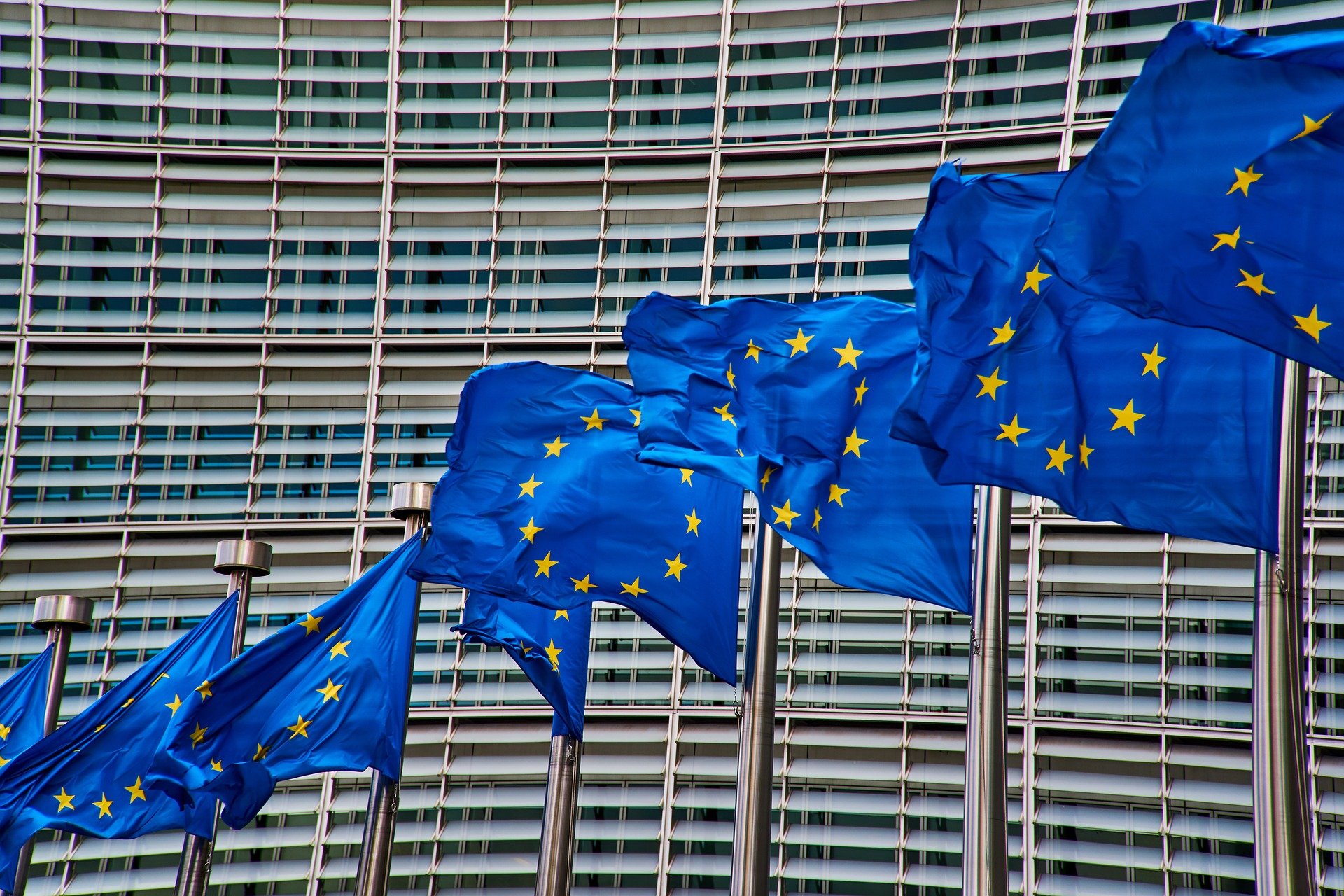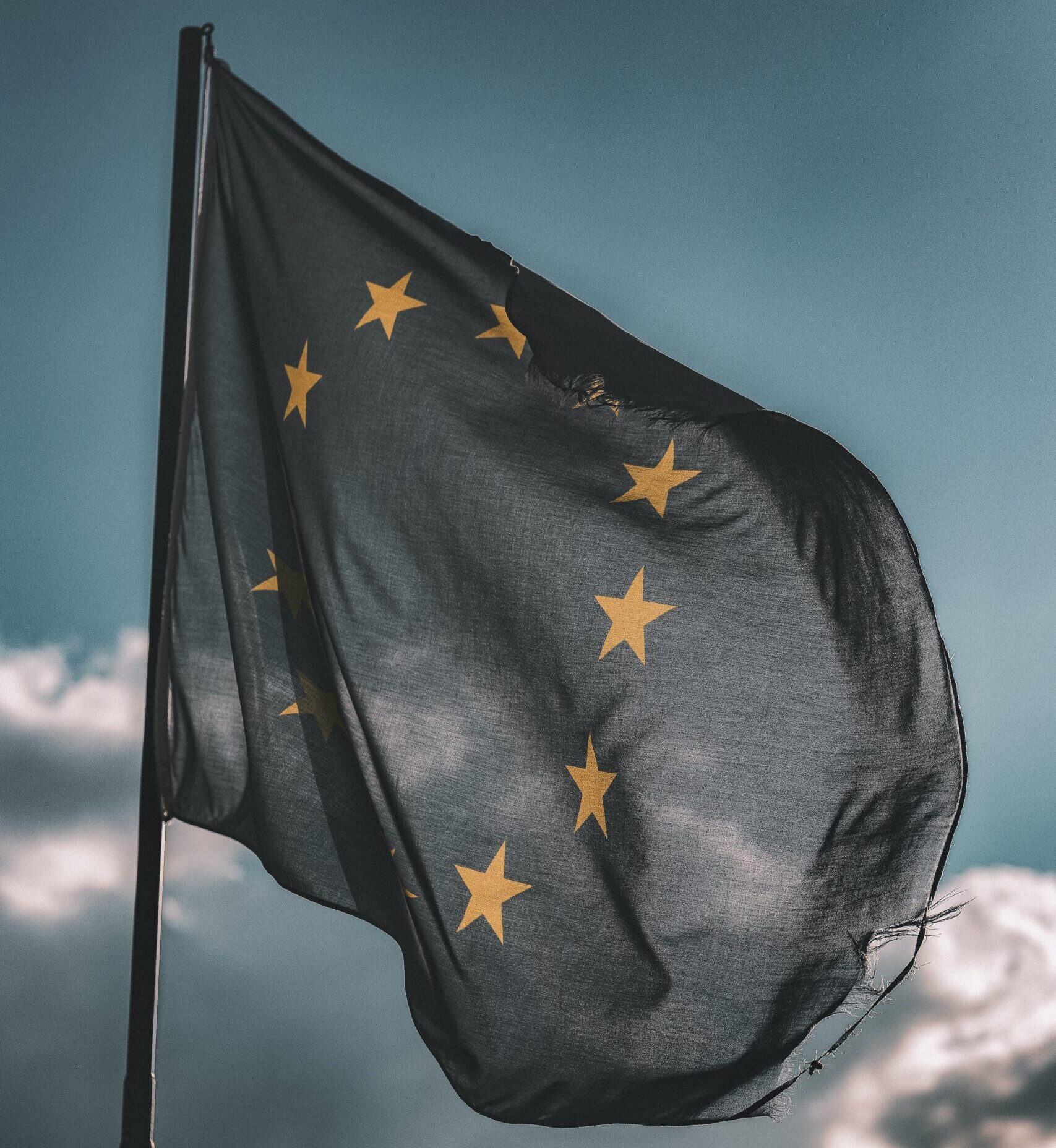Starting this year, large listed companies in the EU are supposed to determine their own sustainability level according to the specifications of the so-called EU taxonomy. But the initial results are sobering: more than a third state that exactly 0% of their own sales are sustainable. Will they soon be left behind in terms of ESG due to half-baked taxonomy criteria?

At the beginning of 2022, the EU decided that energy production with nuclear power and gas in new energy plants should be classified as sustainable within the framework of the so-called EU taxonomy. A decision that was met with criticism right away: Can nuclear and gas energy production really be called “sustainable”? Within a few months, this decision of the EU bodies has aged even worse: Can future energy production using Russian gas and uranium still seriously be described as “sustainable”?
And this is just one of several aspects that threaten to discredit the EU taxonomy before it is even fully implemented. But what is this “EU taxonomy” anyway?
EU-Taxonomy: Trying to Precisely Define “Sustainability”
In recent years, the financial industry has launched one sustainability/ESG/CSR fund after another, the volume of sustainable investments has become the fastest-growing asset class, and more and more companies are transparently publicizing their sustainability efforts – so everything is trending in the right direction, isn’t it?
Not quite. The EU quickly realized that “sustainability” was in danger of becoming a hollow term – with all the negative greenwashing consequences that come with it. So it set out to answer the simple question: What actually is “sustainable”?
But soon it became clear that answering this question was not as simple as asking it. And so the answer became the so-called EU taxonomy that already encompasses well over 500 pages of “Technical Annex”. This Annex defines precise criteria to be fulfilled for various industries and economic activities before they can be called “sustainable”.
The Shortcomings of the Current EU Taxonomy
And these 500+ pages are just the beginning. Many industries – for example the pharmaceutical and the retail industry – are not yet covered by the EU taxonomy. Also, sustainable activities have so far only been defined for two of the four planned sustainability areas: for “Climate Change Mitigation” and “Climate Change Adaptation”. Taxonomy definitions for the planned areas of “Water Resources”, “Circular Economy”, “Pollution Control” and “Protection of Eco-systems” are still pending.
The sobering effects of this incompleteness can be seen in the reporting of companies that had to report sales, CapEx and OpEx sustainability percentage shares according to the “eligibility” criteria of the EU taxonomy for the very first time this year.
Consulting firm PwC analyzed the taxonomy reporting of 50 listed companies from the DAX, MDAX and SDAX – and found that a full 38% of them said they currently had no revenue that was “taxonomy-eligible.” And of the 9 industries studied, only two could boast an average taxonomy-eligible share of sales of more than 50%: Automotive and Real Estate. All other industries averaged less than 25%.
The EU hardly looks any better. In 2021, the Joint Research Center (JRC) of the EU Commission investigated how much of the EU-wide investable economic activities are theoretically taxonomy-eligible according to the climate goal “Climate Change Mitigation” and came up with a value of only 15.1%. The practical value – the “taxonomy alignment” that companies are expected to report from 2023 onwards – was estimated by the JRC to be a meager 1.3% across the EU.
Can the EU Taxonomy Still Be Saved?

Under these conditions, it will be difficult for investors to decide which company contributes more to sustainability and which less, based solely on the taxonomy alignment ratio of individual companies or entire funds – especially since the current taxonomy is based exclusively on environmental sustainability criteria.
The EU plans to address this issue with the introduction of another taxonomy: The so-called “Social Taxonomy”. Companies making a positive social contribution with their products and services would then get the chance to specify a concrete social sustainability ratio for sales, CapEx and OpEx. Especially companies with a low environmental impact hardly or not at all covered by the current EU taxonomy – such as the aforementioned pharmaceutical industry – could then be able to position themselves as sustainable, too.
But the question is: How is the EU supposed to get all this done in time? The current EU taxonomy is not yet finished, let alone implemented by companies and asset managers. Many companies are already fed up with the increased effort needed to implement the EU taxonomy. According to PwC, German companies have written an average of almost 700 words on the topic of taxonomy eligibility alone in their reports this year. How upcoming taxonomy requirements can be efficiently implemented remains unclear – and tackling it will be all the more frustrating if the EU taxonomy fails to win acceptance by capital market actors.
How should your company best deal with the EU taxonomy? We are happy to support you with implementing EU taxonomy requirements in the most efficient way possible. Contact us for a first free consultation.




